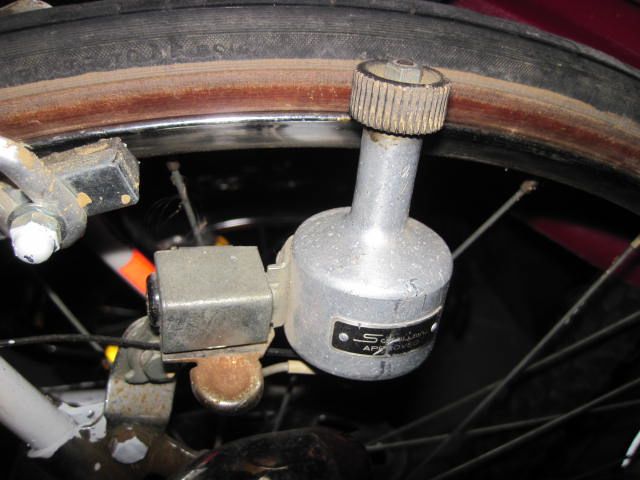Auburn
Well-known member
it is in the eye of the beholder...also it serves practical reasons for trips that we take. It will go to the artic circle in a few years. I want to work out the kinks first to make sure it can handle the environment. My other trailer has been to Alaska twice among other long trips, and has had some issues.I appreciate how much work went into the trailer, however, why would anyone want to attach something so ugly to such a beautiful bike. Just sayin'.
This trailer is probably the first of two or three to dial it in for the long trips where durability is extremely important. With revisions comes will come aesthetic changes, but functionality must take precedence over everything else. Finally, the costs is 1/5th of the current model of a Bushtec trailer.
Last edited by a moderator:




